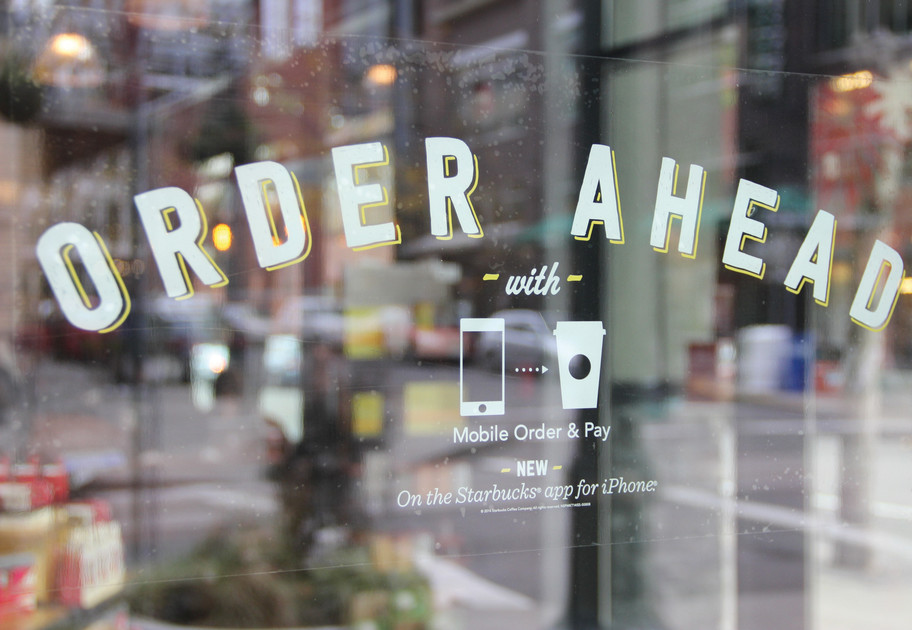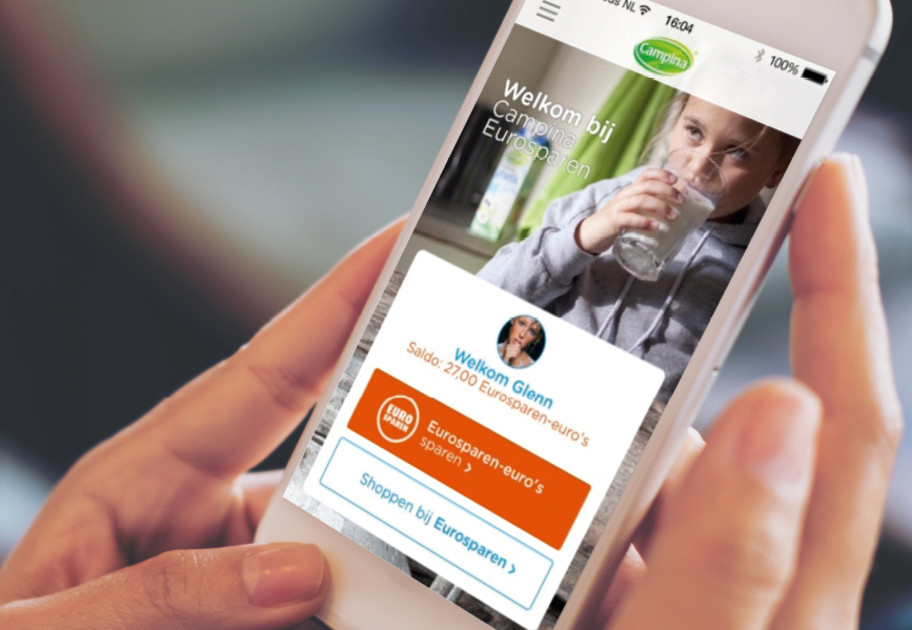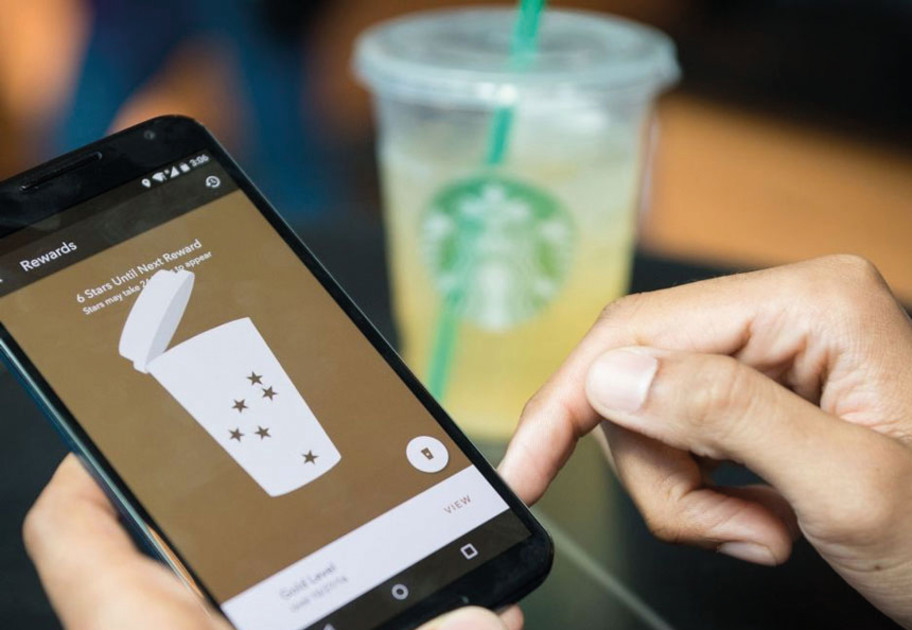Loyalty?
Price is important; comparing prices is increasingly easier; every retailer is online, and mobile, and actually offers the same fixed service; switching provider is a piece of cake; and delivery is well arranged everywhere. So is loyalty still a factor?
Loyalty programmes are deployed in large numbers to find and retain loyal customers. But that does not automatically guarantee you loyal customers. In fact, loyalty programmes get a negative rating by 90% of consumers. Which is a pity, because loyal customers are willing to spend twice as much.
Most loyalty programmes only revolve around saving points, and that simply does not work. Over 28% of consumers do start saving, but stop without ever redeeming a point. 54% are inactive, and save no points at all. Consumers who do save are largely unaware of it. For example, 45% do not know how many points they have or what value their points balance represents.
So is there any point in saving points?
.png?width=641&height=253&name=Kega%20logo%20(white%20bg).png)



